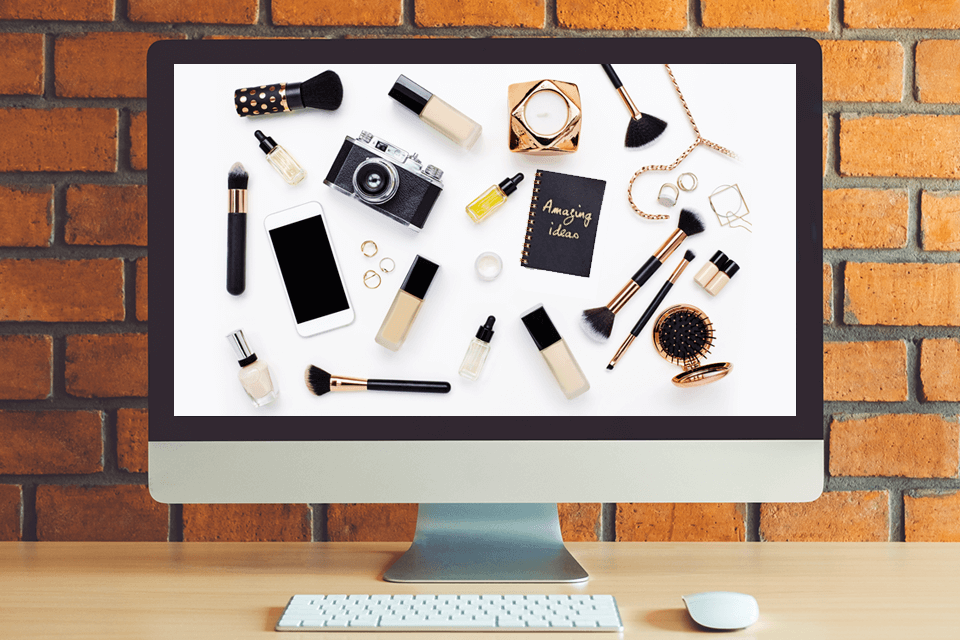How to Level Up Your eCommerce Product Photo Editing for Your Business?
Swati April 19, 2023 0 COMMENTS
If you are an e-commerce business owner, then you must be aware of the significance a product photo hold. Moreover, in today’s dynamic and competitive landscape, the need for a unique selling point is inevitable. For an e-commerce firm, the quality of the product image matters as it is the first impression of the object on the consumer. This is where product photo editing for your e-commerce products comes in handy.
You might get curious as to how you can boost your e-commerce product photo editing and streamline your business operations. You’ve come to the right place. This comprehensive guide will take you through ways to level up your photo editing services. Read on to find out more.
What Makes a Photo Good?
A good product photo is a combination of a variety of elements. Some of these include:
Composition
A well-composed photo has a balanced and pleasing arrangement of the subject, background, and other elements. This includes things like the rule of thirds, leading lines, and symmetry.
Exposure
Proper exposure ensures that the photo is not too bright or too dark and that the colors are accurately represented.
Focus
A sharp focus on the subject is important, especially if the photo is intended to capture fine details.
Top Tips for Upscaling Your eCommerce Product Photo Editing
Editing your product images can be the secret ingredient to increasing and boosting your sales. Let’s take a look at a few tips you can incorporate into your e-commerce product photo editing services.
Choose the Right Background
A consistent background can help create a cohesive look across your website and make your products stand out. A plain white or black background is a popular choice for e-commerce product photos because it allows the product to be the main focus. Be sure to utilize a common background for each product image to create a polished and professional look. For instance, if you have a lot of product shots or sell large products, you might find a white backdrop worthwhile.
Avoid Shadows
Shadows can be distracting and take away from the overall look and feel of your product photos. To avoid shadows, make sure that your lighting is set up properly and that your camera is positioned at the right angle. If you do have shadows in your photos, you can use photo editing software to remove them or lighten them up. However, it’s always best to try and avoid shadows during the photo shoot to save time and effort during the editing process.
Choose the Right Photo Editing Software
Outsourcing
Many businesses or individuals opt for outsourcing their editing of product photos. This not only helps you save time but also is cost-efficient. Outsourcing your photo editing tasks can be a good option if you don’t have the time, expertise, or equipment to handle them yourself. You can find professional photo editors online or freelance marketplaces. They can often work quickly and efficiently to deliver high-quality product photos ready for your e-commerce store.
Setting the Proper Light
Lighting is one of the major components of image editing services. Setting the proper light is essential to creating high-quality product photos. Whether you’re using natural or artificial light, be sure to set up your lighting equipment in a way that evenly illuminates your product without creating harsh shadows. Using a lightbox or softbox can help diffuse the light and create a more even and natural look.
Conclusion
To get the perfect photo, you need to be equipped with the camera settings, choose the right angle, pick the most accurate shot, and have an amazing backdrop. Every little thing contributes to getting the ideal product image. The tips mentioned above are sure to guide you through creating the ultimate portfolio of your products.
RELATED ARTICLES
Latest Articles
 Laura Ingraham Husband James Reyes: Why …In BiographyApril 17, 2025Laura Ingraham is a well-known conservative […]
Laura Ingraham Husband James Reyes: Why …In BiographyApril 17, 2025Laura Ingraham is a well-known conservative […] Zach Top Wife Mystery Solved! Meet the W…In BiographyApril 16, 2025Zach Top’s music has that classic country feel that […]
Zach Top Wife Mystery Solved! Meet the W…In BiographyApril 16, 2025Zach Top’s music has that classic country feel that […] What Is a Parcel Locker? The Game-Change…In TechnologyApril 16, 2025Missing packages? Porch pirates? Missed delivery slips […]
What Is a Parcel Locker? The Game-Change…In TechnologyApril 16, 2025Missing packages? Porch pirates? Missed delivery slips […] Dawn Staley Relationship Rumors: What’s …In BiographyApril 15, 2025When it comes to iconic figures in sports, Dawn Staley […]
Dawn Staley Relationship Rumors: What’s …In BiographyApril 15, 2025When it comes to iconic figures in sports, Dawn Staley […] How Window Tinting Affects Driver Visibi…In TechnologyApril 11, 2025Introduction: Beyond Style — The Functional Side of […]
How Window Tinting Affects Driver Visibi…In TechnologyApril 11, 2025Introduction: Beyond Style — The Functional Side of […] Vaishnav Tej Wife, Age, Family, Girlfrie…In BiographyApril 11, 2025Vaishnav Tej wife: There is always more to know about […]
Vaishnav Tej Wife, Age, Family, Girlfrie…In BiographyApril 11, 2025Vaishnav Tej wife: There is always more to know about […] Nick Sandmann Net Worth, Biography, Heig…In BiographyApril 11, 2025Young Nick Sandmann, catapulted into the media […]
Nick Sandmann Net Worth, Biography, Heig…In BiographyApril 11, 2025Young Nick Sandmann, catapulted into the media […] Cold War Timeline: The Real Story Behind…In HistoryApril 4, 2025If you’ve ever wondered how we ended up with the […]
Cold War Timeline: The Real Story Behind…In HistoryApril 4, 2025If you’ve ever wondered how we ended up with the […]
stopie.com is a participant in the Amazon Services LLC Associates Program, an affiliate advertising program designed to provide a means for sites to earn advertising fees by advertising and linking to Amazon.com.
Clicking on an Amazon link from stopie.com does not increase the cost of any item you purchase.
We will only ever link to Amazon products that we think our visitors may be interested in and appreciate learning more about.


